
The Future of Loyalty in the Data Era
Increasingly sophisticated and personalized customer experiences...
Read moreInsights
Go to the BlogIn primo piano

The Future of Loyalty in the Data Era
Increasingly sophisticated and personalized customer experiences...
Read moreEnterprise Solutions
Recent Publications
Whitepaper
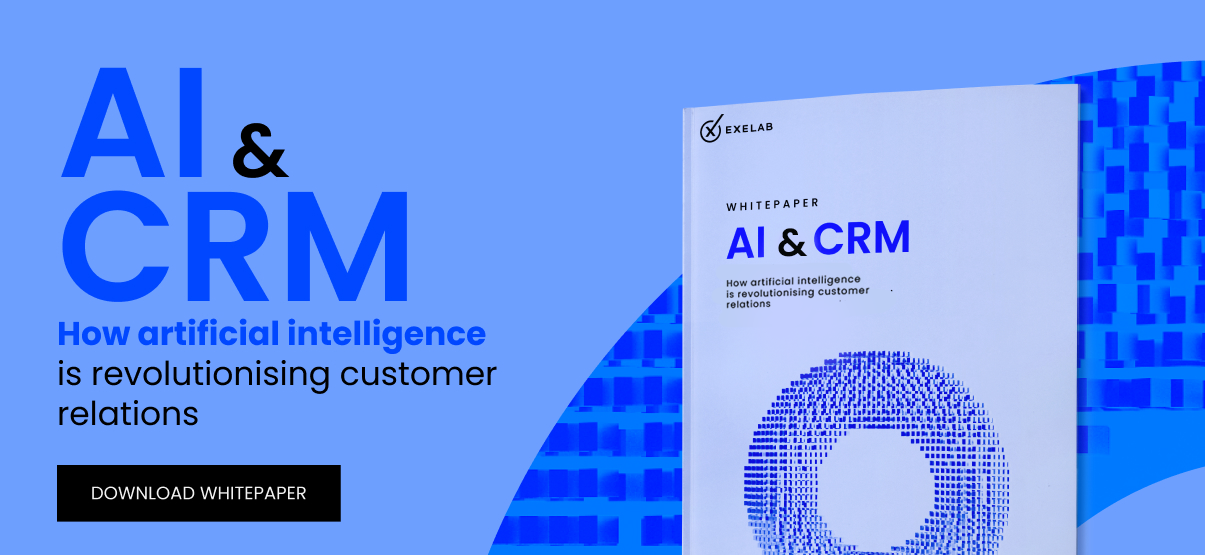
How artificial intelligence is revolutionising customer relations
Download the WhitepaperExtra
A new horizon for CRM
Automation and integration: apps

100% digital, fast and paper free processes
A new standard based on AI and HubSpot
Integrated and optimized e-commerce management with HubSpot
Exelab World
Where ideas and innovation meet
Texts to meet tomorrow's challenges
Discover our insights: visit the blog
Latest updates
Insights
Go to the BlogIn primo piano

The Future of Loyalty in the Data Era
Increasingly sophisticated and personalized customer experiences...
Read moreAbout Us
Innovation, excellence, technology: at Exelab we design the future of business processes
Exelab and The Client Group: an operational synergy to raise customer experience to the highest level
Careers
We are always looking for talent ready to make their mark: explore our opportunities
We're hiring!Exelab is an official partner of


Events
Discover our EventsMost Recent Event
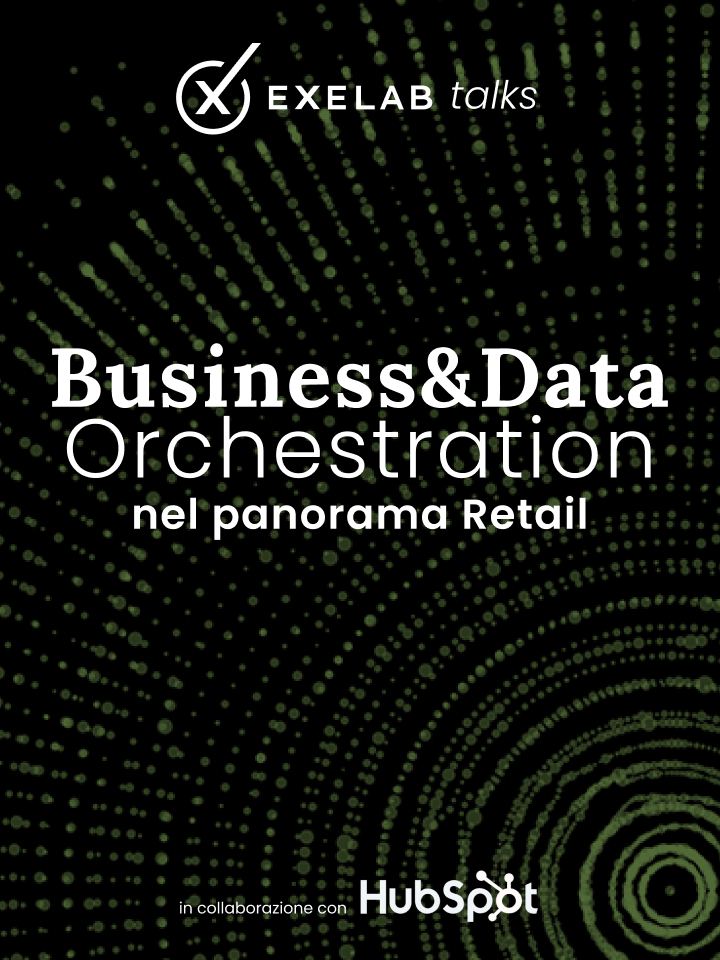
Solutions
Enterprise Technology
HubSpot
Discover
About
Solutions

Exelab Solutions
Insights
Go to the BlogIn primo piano

The Future of Loyalty in the Data Era
Increasingly sophisticated and personalized customer experiences...
Read moreEnterprise Technology

Enterprise Solutions
Recent Publications
Whitepaper

How artificial intelligence is revolutionising customer relations
Download the WhitepaperHubSpot

Extra
A new horizon for CRM
Automation and integration: apps
Discover


100% digital, fast and paper free processes
A new standard based on AI and HubSpot
Integrated and optimized e-commerce management with HubSpot
Exelab World
Where ideas and innovation meet
Texts to meet tomorrow's challenges
Discover our insights: visit the blog
Latest updates
Insights
Go to the BlogIn primo piano

The Future of Loyalty in the Data Era
Increasingly sophisticated and personalized customer experiences...
Read moreAbout

About Us
Innovation, excellence, technology: at Exelab we design the future of business processes
Exelab and The Client Group: an operational synergy to raise customer experience to the highest level
Careers
We are always looking for talent ready to make their mark: explore our opportunities
We're hiring!Exelab is an official partner of


Events
Discover our EventsMost Recent Event


2023 will go down in history as the year in which AI has become a mainstream topic.
While on the one hand, the use of artificial intelligence solutions dates back to the last century, the development of tools with advanced capabilities and easy use (such as ChatGPT) has allowed this series of innovations to spread within the economic world, as well as to fit into the public debate.
The use of models built thanks to the extensive use of data - and which, in turn, allow enormous amounts of information to be analyzed and exploited - today allows companies to access wide-ranging benefits, from greater operational efficiency to better care of the relationship with the customer.
In this regard, insurance is among the sectors in which the exploitation of AI and data offers the most interesting prospects.
Insurance companies can already today, thanks to the use of data and the support of artificial intelligence, benefit from better decision-making, a reduction of errors and bias, and greater process efficiency.
This is provided that the company's technological development goes hand in hand with (or exceeds) the evolution of the market and that therefore the necessary technological tools are integrated and used in a correct and functional way.
In this in-depth analysis, we specifically analyze the relationship between AI and data and the insurance sector, considering what benefits and prospects it offers and how to exploit technology to best seize market opportunities.
According to an analysis conducted by Moody’s on a sample of over 500+ companies in the area of risk & compliance, 14% of insurance companies have already adopted or are testing AI solutions.
14% of insurance companies have already adopted or are testing AI solutions.
The most significant data, however, is offered by the percentage of companies in the sector that are considering introducing artificial intelligence into their processes – a number that equals more than one company out of two and, specifically, 55%.
55% of companies in the sector that are considering introducing artificial intelligence into their processes.
This data highlights the interest in these technologies and highlights a possible (and realistic) future in which artificial intelligence will dominate insurance processes.
The industry's confidence in AI is confirmed by the impact correspondents believe that its introduction may have on their company: 85% expect at least a moderate impact, 36% expect a significant change and 17% even expect a transformative impact.
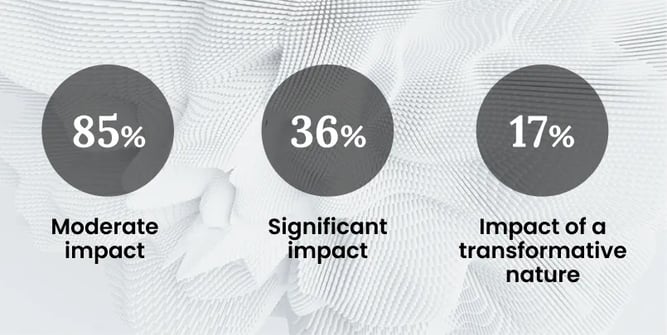
At the basis of this broad trust and ever-increasing diffusion lies certainly a greater awareness of the topic, but also and above all the potential benefits of this technology.
Let's see what the main advantages of integrating AI solutions can be in the insurance sector:
Access to AI solutions and data can help deliver a personalized experience, tailored to the customer.
Knowing your target is the first step in creating tailored solutions, products, and interactions, that respond adequately and effectively to their needs.
In this sense, artificial intelligence makes it possible to easily manage, filter, and analyze data, which can then be used to personalize the customer journey throughout their relationship with the insurance company.
This results in a better quality of customer experience, an aspect that increasingly affects consumer choice.
In this regard, for example, it is interesting to mention a study from Edelman Trust Institute study, which reports how 51% of consumers say businesses fail to connect with them when their attempts are "inauthentic, generic and out of context".
Better access to data facilitated by AI can counter this trend, helping to deliver tailored interactions – making it possible to segment the target and provide them with highly relevant content, suggestions, and experiences.
For last, it is interesting to underline how the benefits of access to data to personalize the customer experience (already relevant in itself) can grow exponentially with the ever-increasing interconnectivity of devices and tools, anticipating what could in effect be the Internet of Things, or IoT (the extension of the concept of the internet to the world of objects, so that they can be interconnected and communicate with each other).
The International Data Corporation estimates that in 2025 there will be 55 billion IoT-connected devices.
Thanks to AI and big data, it will be possible to see scenarios in which insurance premiums are calculated taking into account factors such as the use of one own’s car (connection with vehicles) or the frequency of physical activity (for example, via connection with smartphones or running shoes) – all aspects calculated in an immediate, transparent and accurate manner.
This type of data, collected within a CDP or cutting-edge CRM software, also makes it possible to track a user's interactions and use the information acquired to create tailored experiences and product suggestions.
Access to data, facilitated by artificial intelligence, can allow accurate predictions of future developments.
Thanks to AI-based predictive analysis, for example, insurance companies can mitigate customer churn – certainly one of the most felt problems within the sector.
In a context such as that of insurance companies – in which often, and especially when it comes to mandatory coverage, the price variable is the one that most determines the consumer's choice, and where acquiring a new customer, given the competitiveness, is difficult (and expensive) – reducing churn represents one of the aspects that can have the greatest positive impact on company growth, as well as one of the areas where AI can offer a significant contribution.
In this sense, predictive analysis can help determine the risk of churn for each client, comparing the acquired data with the historical data available within the CRM – thus allowing the insurance company to act early so as not to lose the customer.
Recent developments in AI simplify the work of data analysis, allow reliable results to be obtained even from smaller data samples, and significantly reduce implementation times.
On top of that, thanks to the possibility of structuring information automatically and impartially, conversational data within the CRM can be analyzed and used for a more accurate assessment of customer intentions.
The same mechanism of predictive analysis made possible thanks to AI tools also allows insurance companies to implement fraud detection processes.
The use of models based on artificial intelligence represents a significantly more sophisticated solution than static models.
In fact, not only predictive analysis with AI tools makes it possible to recognize more complex and difficult-to-detect fraud schemes, but it can also leverage machine learning to adapt and learn to identify ever-new fraudulent patterns as they spread.
So, constant and easy access to data – especially if facilitated by AI – would not only allow accurate forecasts to be made but also ensure that the company is proactive in responding to its own needs and those of its clients, with a wide range of cost-impacting benefits, from reduced churn to improved fraud detection.
Among the main advantages of using AI is the improvement of operational efficiency that this technology can entail.
The superior capabilities of artificial intelligence to process data allow it to complete more tasks in less time and without human bias and error (therefore, often, with higher quality).
For example, an AI tool could make it possible to analyze unstructured data such as support requests, filter the content, and prioritize the most urgent ones to allow agents to consider them immediately.
An interesting case is, for example, the add-on created by Exelab for HubSpot CRM, which can read the content of tickets and categorize them based on parameters chosen by the company, thus offering a high degree of customization and infinite possibilities for data structuring, including conversation sentiment analysis.
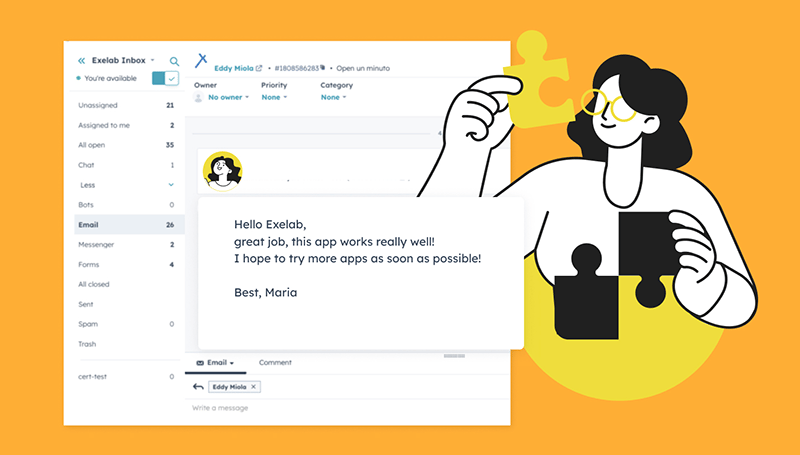
Ai ticket categorization - Exelab apps - Discover more
This data, recorded within the CRM itself, then becomes actionable – allowing, among other things, greater customization of the user experience.
But also, again considering this case, to allocate each request to the most qualified professional to manage such specific ticket, thus avoiding unhelpful passages and transitions while providing a superior customer experience.
A known practical application that has significant impacts on operational efficiency concerns the introduction of AI-based chatbots, capable of managing both text and voice conversations (which therefore also find application at the contact center level).
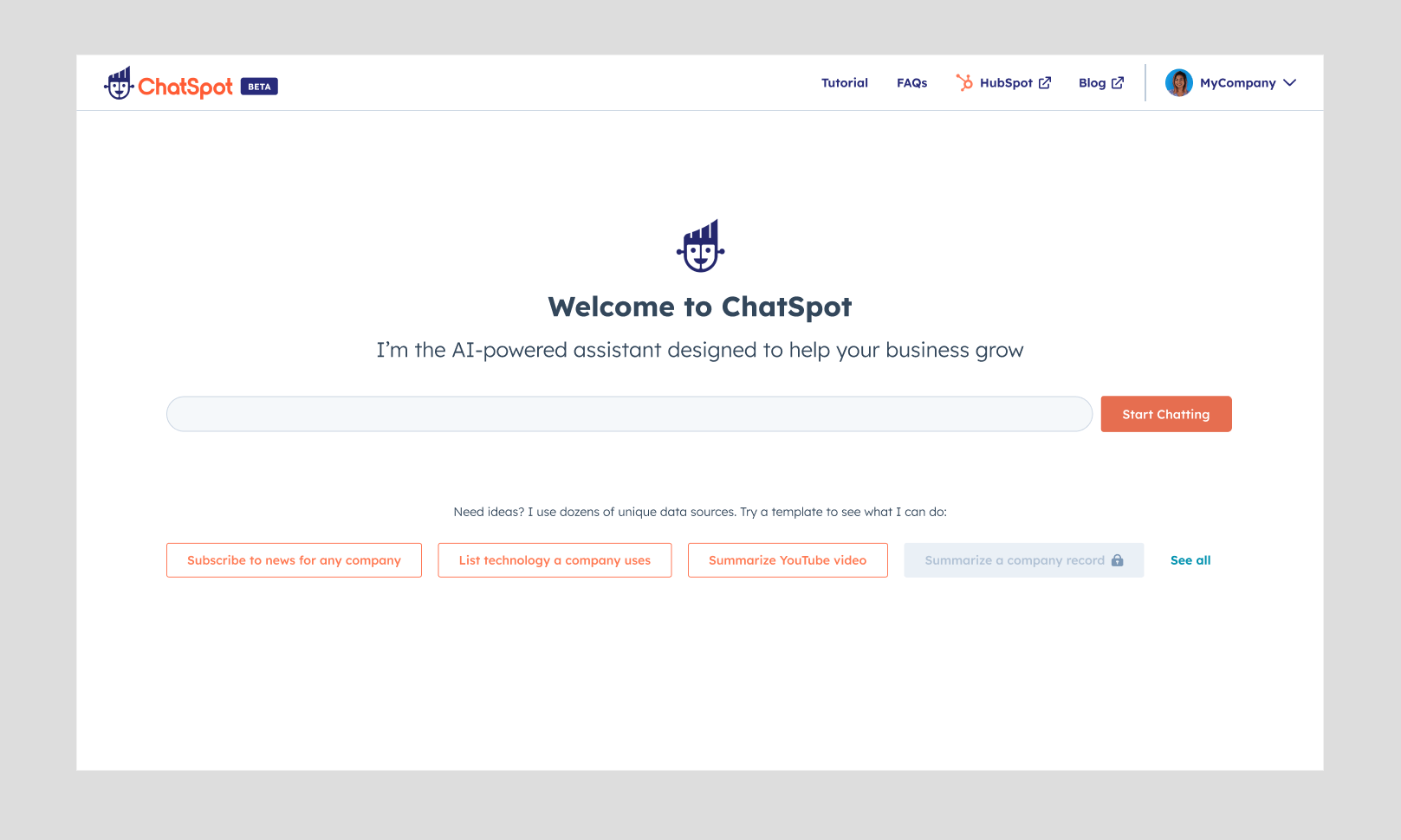
These AI-driven tools far outperform traditional rule-based chatbots, limited to keyword searches, thanks to the use of LLM Models, which allow for a more natural and intuitive interaction.
Their application is not limited to simple customer support, but extends to sales functions and to managing claims without human intervention.
Adopting AI chatbots in the insurance industry not only improves operational efficiency, reducing costs through funneling sales and customer interactions towards a self-service model, but also generates an increase in revenue, supporting online sales of complex products.
This is crucial to meeting customers' growing expectations when interacting with their insurance provider.
Through AI it is possible to easily manage support activities in administrative tasks, like obtaining a copy of a policy or information on coverage, management of the preliminary stages of compensation requests, documentary collection, etc.
Lastly, a further advantage in terms of efficiency is offered by the general reduction in errors linked to the use of AI solutions, which can save time indirectly, thanks to the fewer issues to manage and reduced complexity.
As already mentioned so far, the best ways to make the most of the use of AI and the effective use of data by an insurance company include the use of CRM software capable of supporting these technologies.
CRM software is par excellence the tool that best makes it possible to collect, analyze, and above all exploit data from all the interactions of a customer or prospect with the company - an aspect whose benefits grow further when the CRM has or is integrated with AI.
Among the best-known CRM solutions on the market that already integrate artificial intelligence is HubSpot, which includes various features capable of supporting insurance companies by allowing them to achieve the benefits considered so far.
In fact, HubSpot offers various features – brought together under the “umbrella” of HubSpot AI – which make it possible to exploit artificial intelligence, automate manual and repetitive processes for agents (such as the transcription and summary of conversations), quickly create detailed and accurate reports, and allow professionals at work to always have relevant data at hand for managing the relationship with the customer (or possible such).
In addition to this, it helps to formulate responses, makes it possible to quickly customize emails for different audience segments, helps build and add descriptions to reports, can simplify the creation and scheduling of social posts, and much more.
In essence, activities that have now become common for the collaborators of many companies thanks to the use of external tools (the well-known ChatGPT but not only, with consequent loss of control over data security), are made available natively by HubSpot within the platform safely and efficiently.
Furthermore, thanks to predictive functions, HubSpot allows for greater effectiveness and efficiency in revenue activity.
HubSpot's “AI projections” feature makes it possible to have greater control over the performance of the sales teams by referring in an unbiased way to the data within the CRM (which makes more accurate forecasts than traditional models, often based on information that the salesperson himself provides - such as, for example, his expectation of closing a given deal within a specific time frame).
Thanks then to predictive lead scoring – and by combining AI and Machine Learning, exploiting the historical data of the insurance company - HubSpot makes it possible to make predictions based on user behaviors that can:
1. Help agents focus on the opportunities that matter most;
2. Allow the company to act proactively to seize up-sell and cross-sell opportunities.
When it comes to Contact Centers, however, efficiency is a fundamental aspect.
Tools like Twilio Flex, a contact center platform that makes it possible to design and automate customer relations processes, allow companies to implement solutions that leverage AI and ML to maximize efficiency and elevate the customer experience.
One of the strengths of Twilio Flex is the integration with Dialogflow (Google Conversational AI), which allows the creation of virtual agents (IVA) based on AI that interact with the user naturally to respond to more basic needs, allowing the team to have more time at their disposal for tasks where human interaction is more relevant.
Furthermore, thanks to summary, translation, transcription, and behavior prediction functions, it allows the action of the agents who assist customers to be made proactive or at least much more informed, be it in the sales area or in the management of a claim.
And again, based on sentiment analysis – by always taking into consideration the intent and the ToV behind each request – it is possible to maximize churn prevention capabilities by undertaking combined actions (automatic and manual), also thanks to integration with a CRM or Marketing Automation platform.
Definitely, using tools that integrate data analysis and artificial intelligence can make a difference and significantly impact the growth and achievement of business objectives in the insurance sector.
To further explore the relationship between AI and CRM, its potential benefits for companies, and how to make the most of it, you can download an updated and in-depth report, created by Exelab consultants:
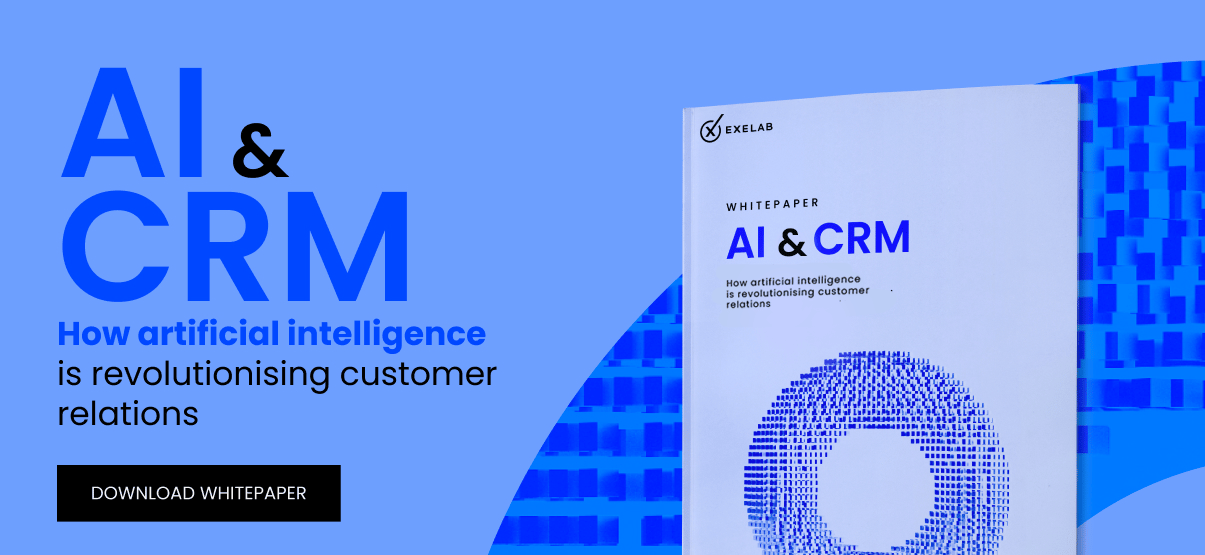
We have analyzed how the integration of artificial intelligence and the exploitation of data can contribute positively and significantly to the achievement of strategic objectives and the growth of companies in the insurance sector.
In Exelab we believe in technology as a means to support company needs and goals. We help companies integrate the best CRM and AI solutions to optimize processes, acting with the speed that the current market requires and meeting their requests for flexibility.
We are partners of HubSpot and Twilio, with whom we collaborate to provide companies with complete, intuitive, and flexible technological solutions, capable of managing all processes related to Sales, Marketing, and Customer Service.
Lastly, we always operate with a goal-oriented approach, aligning our work with the objectives of the companies that choose us and dedicating our skills and attention to creating a positive impact on the growth and goal of businesses.
You can get in touch with us and discuss the needs of your business by filling out the form found at this link, to be contacted as soon as possible by one of our consultants:
by filling out the form found at this link, to be contacted as soon as possible by one of our consultants: